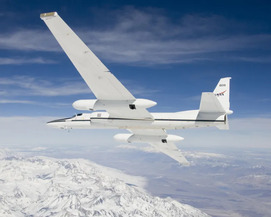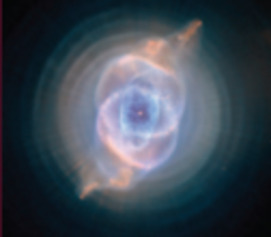Cosmic Dust: Finding a Needle in a Haystack
Collecting cosmic dust is a tricky business! Despite Earth’s surface being showered by thousands of tons of comic dust every year, such dust is quickly lost in a sea of terrestrial particles. Finding the tiny cosmic treasures requires collecting dust from the cleanest environments where the terrestrial particle background is low. The stratosphere can be sampled via high-flying aircraft, whereas sampling cosmic dust from polar regions and the deep sea requires techniques that concentrate the particles. Collection efforts are worth it. Cosmic dust derives from every dust-producing object in the Solar System, including ancient Solar System materials, possibly even interstellar materials, of a type not found in meteorites.
Cosmic Dust: Finding a Needle in a Haystack Read More »



